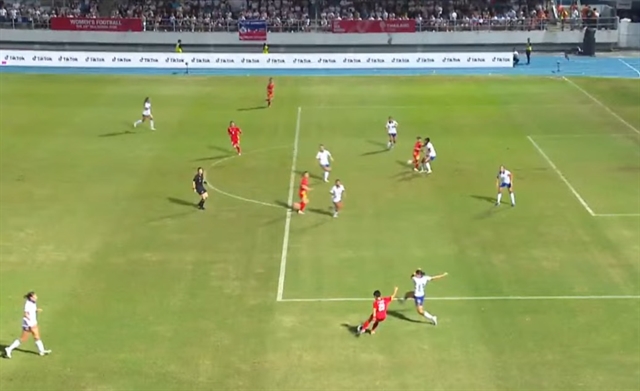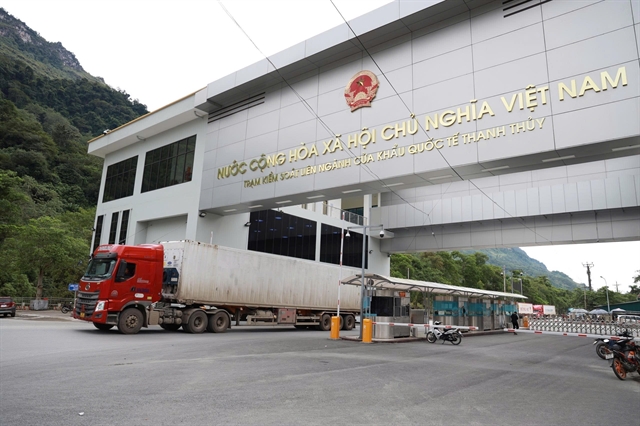 Society
Society

Public space in Việt Nam’s urban areas has failed to meet demand or create typical characteristics to identify each city, deputy minister of Construction Phan Mỹ Linh said.
 |
| Hoàn Kiếm Lake in the heart of Hà Nội is one of the most popular public space for people to walk, exercise or just sit and relax around its banks. — VNS Photo Thái Hà |
HÀ NỘI — Public space in Việt Nam’s urban areas has failed to meet demand or create typical characteristics to identify each city, deputy minister of Construction Phan Mỹ Linh said.
“In urban spatial planning, the creating of spaces, particularly public space is important in order to improve quality of life,” she said.
However, creating urban public spaces in Việt Nam paid little attention to the interests of local residents.
In localities across the country, planners did not ensure that their planning met national criteria and standards for public space, Linh said.
For example, buildings and commercial shopping malls were given priority and dominated new urban areas as developers wanted to gain huge profits quickly.
Green space or other public facilities like playing grounds, sport grounds are usually small, misused or removed, she said. In Hà Nội, playing grounds for children have been used as parking lots, food stalls or restaurants.
She added that it was important for urban management agencies to tackle the misuse of public space.
President of the Việt Nam Urban Planning Association, Trần Ngọc Chính gave other vivid examples of poor planning.
Coach stations or storehouses located in residential areas must be moved to make room for public space but in fact, after the removal, high-rise buildings were developed on the available land.
Also, the population of Hà Nội’s inner districts was planned to be reduced from 1.2 million people to 800,000 people but in fact, the population and population density has increased as high-rises are built. Increased population pressured current infrastructure including traffic and schools.
Architect Hoàng Thúc Hào from the National University of Civil Engineering said that children suffered the most from poor public architecture.
“They don’t have playing grounds at their homes. They have to travel further to entertainment areas or just stay at home. Instead of playing outdoors with their peers, they hunch over computers,” he said.
The situation was similar for other vulnerable groups including the elderly, migrant workers or the disabled, Hào added.
Another lecturer from the National University of Civil Engineering, Nguyễn Quang Minh, said that community works usually had problems due to poor management, limited funds for investment and maintenance and the works themselves did not match public expectation.
There were few public spaces, few public works for community and most were small and poorly equipped, Minh said, adding that community felt little engaged with the works.
Nguyễn Phương Thanh, a resident of Thụy Khuê Ward in Hà Nội’s Tây Hồ District said that she lived near Bách Thảo Park and usually went there as a child.
Now, she took her daughter there during weekends morning so that she could enjoy green space, fresh air and space to run, she said, adding that the park had hardly changed for decades except some additional games and a small playground where children can sit and play toys.
Thanh said that the children there were lucky as in many other areas in the city, children did not have space to play. — VNS




